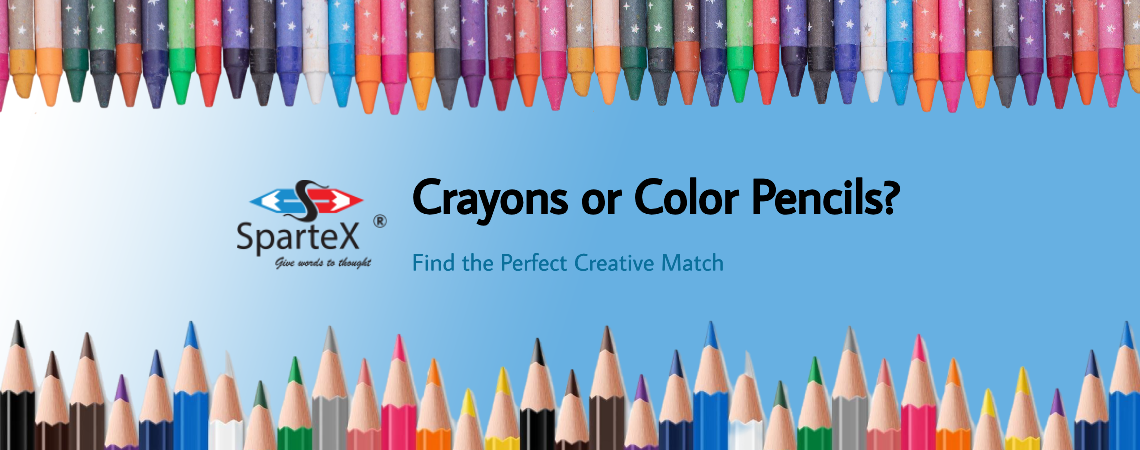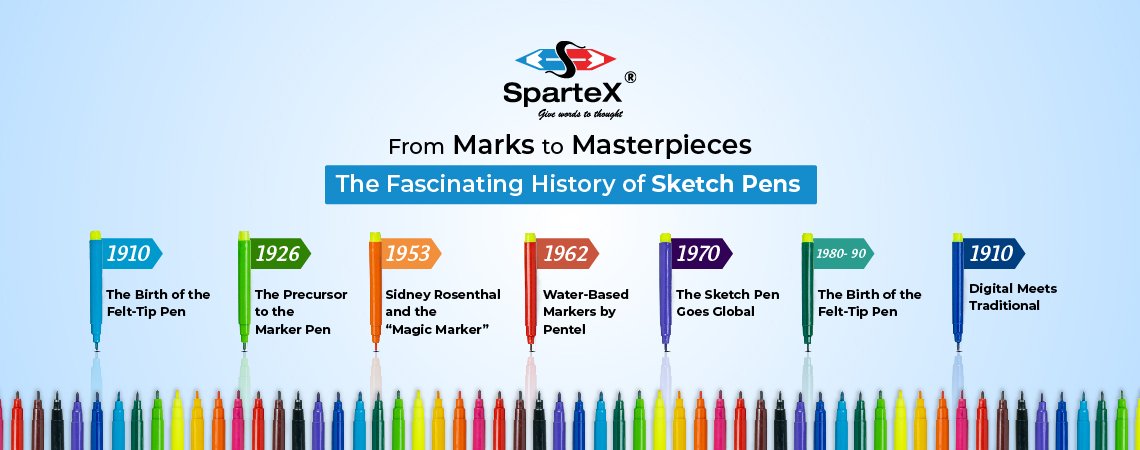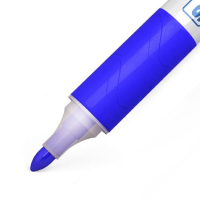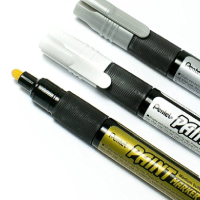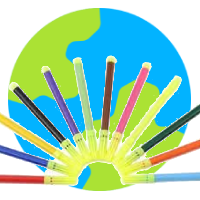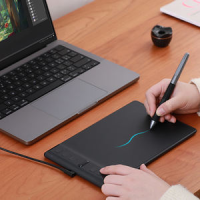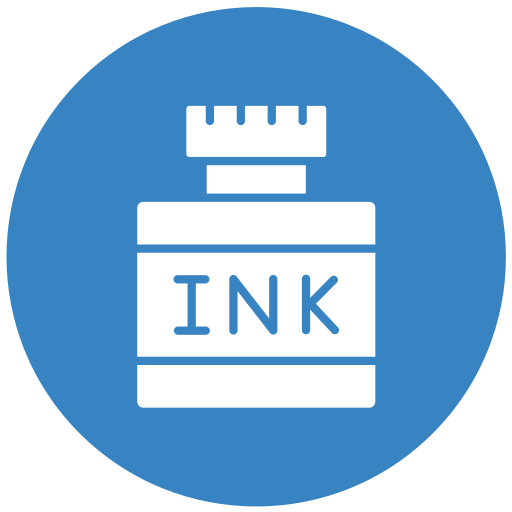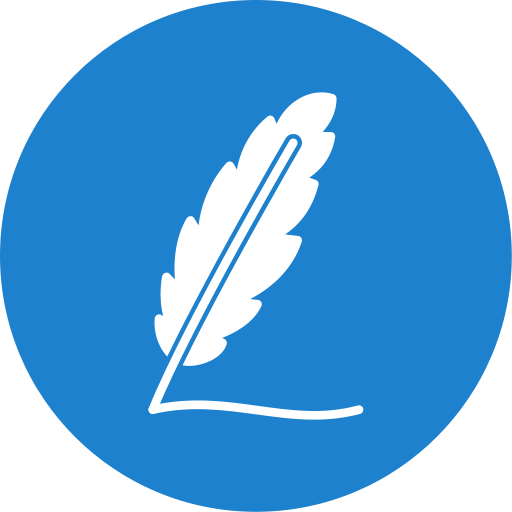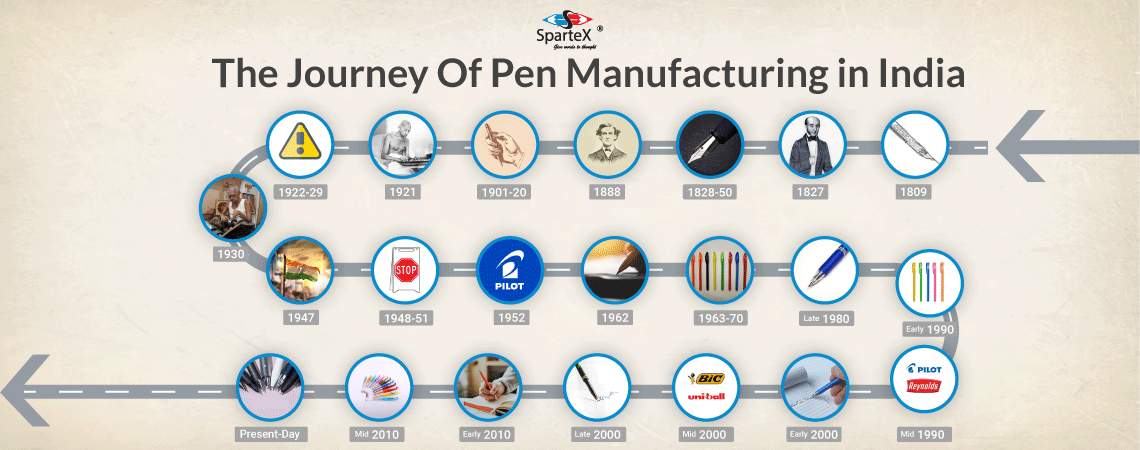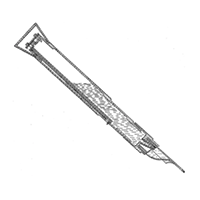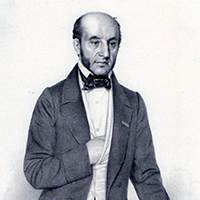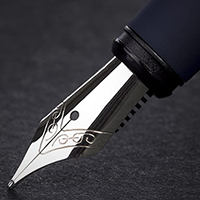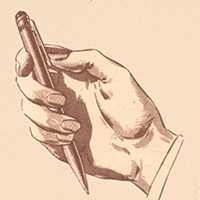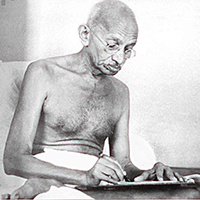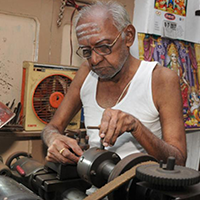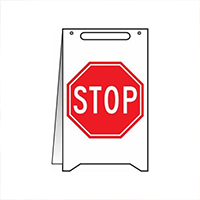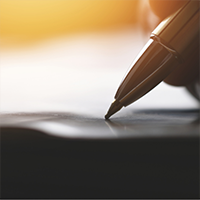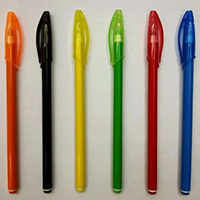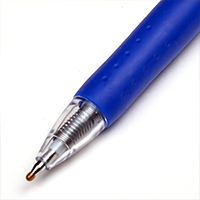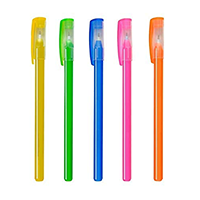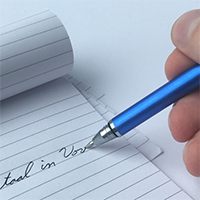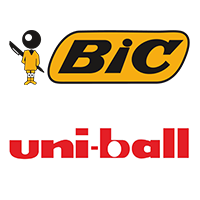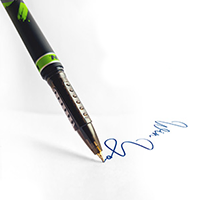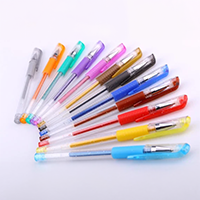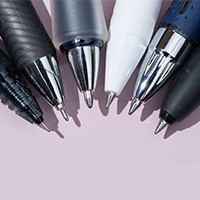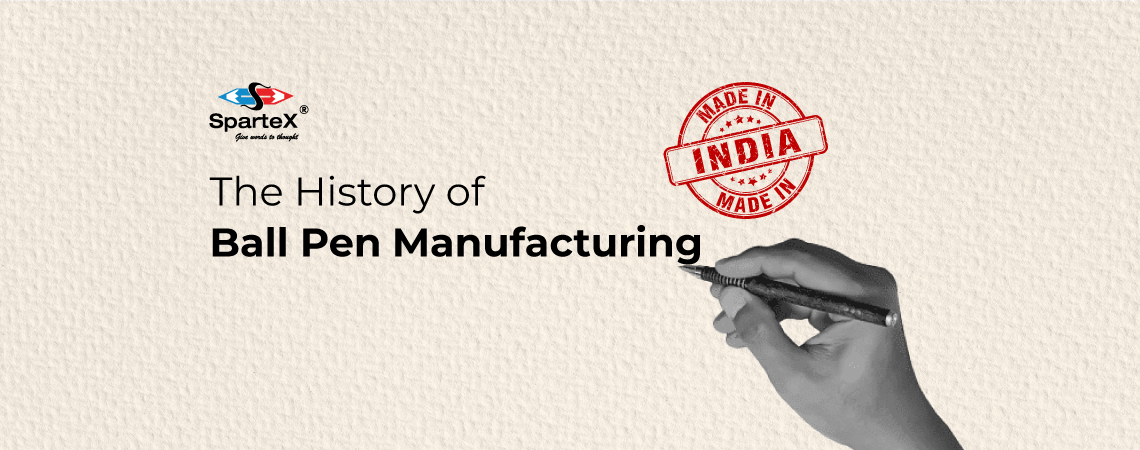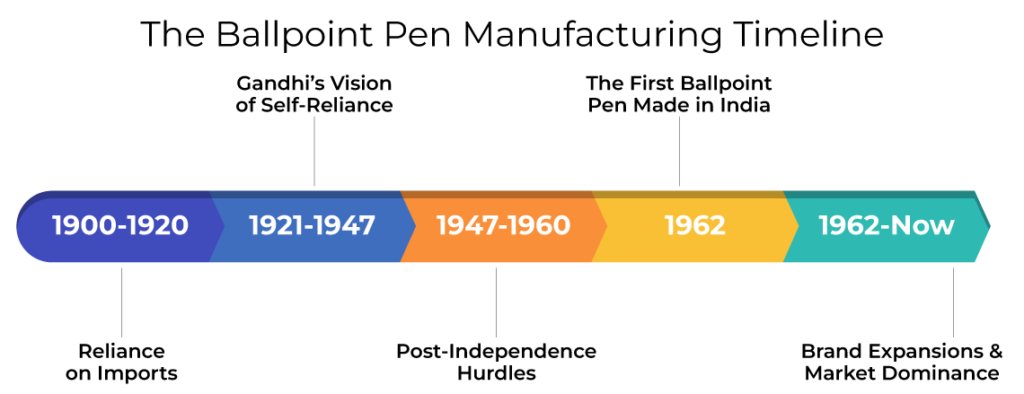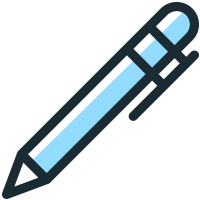Are your kids beginners exploring the domain of art or just a hobbyist looking for the perfect tools for your next drawing project? A couple of colorful contenders always pop up. Color pencils and crayons. Both are staple in the art classes of schools, craft rooms and professional studios for years. Since yesteryears each offers unique textures along with styles ideal for application and creative possibilities. But a million dollar question is, which is right for the school students?
Getting to Know the Tools

What Are Color Pencils?
These are wooden-cased art tools with a core made pigment that are mixed with binder, basically with wax or oil. Why are they highly sought after? They are loved for their precision, versatile nature and control, making it ideal for detailed illustration, realistic, shading and layering.
Key features of color pencils:
- Sharpen able tips for fine detail work
- Available in wax-based, oil-based, and watercolor varieties
- Layering allows for smooth gradients and color blending
- Often used for both hobby and professional art

What Are Crayons?
Crayons are sticks of colored wax with pigment. They are soft, bold and instantly ready to use, no sharpening or additional tools needed. Though they are often associated with children’s art, professional grade crayons and oil pastels exist that are used in fine art and design.
Key features of crayons:
- Soft, waxy texture for thick and bold application
- Great for fast coverage and vibrant colors
- Can be layered for texture effects
- Suitable for expressive, free-flowing art styles
The Creative Experience: How They Feel to Use
While choosing between color pencils and crayons, feel matters the most. The way each of the medium responds to the hand movements can influence your style and output.
Color Pencils: They feel smooth and controlled. You can vary your pressure to create light, medium, or dark tones. They encourage precision, which is great for detailed work.
Crayons: They feel softer, with more drag against the paper. They give a “chunky” satisfaction that makes them fun and intuitive. They invite spontaneity and boldness.
Blending & Layering Capabilities
The key differentiator between the two is how they handle blending.
Color Pencils: They are indeed top-notch for blending. You can overlay multiple colors to create seamless transitions. Burnishing techniques can create a paint-like finish without brushwork.
Crayons: Limited in blending smoothness due to their waxy consistency. However, they excel at layering for textured effects. Overlapping colors creates a rugged, vibrant look that’s visually striking.
Precision vs. Freedom
Choosing between precision and freedom can help narrow your choice.
Are you someone who is looking for detail so that the students of kids choose the right material? Color pencils are your best friend. You can define fine lines, intricate patterns, and subtle tonal changes. If you love expressive movement, Crayons will feel liberating. Their thick strokes cover space quickly and boldly.
Portability & Practicality
If you plan to take art supplies on the go, you need to consider convenience.
Color Pencils: Lightweight and neat, but you’ll need a sharpener and eraser.
Crayons: Super portable and instantly ready, just toss them in a bag.
Mixing the Two for Maximum Impact
Here’s a secret: you don’t have to choose just one. Many artists combine both for dynamic effects.
Example workflow:
- Outline and add details with color pencils.
- Fill backgrounds or large areas with crayons.
- Use crayons for bold highlights and pencils for subtle shading.
- This combination gives you the best of both worlds—precision plus vibrancy.
The Verdict: Which Should You Choose?
- There’s no single “right” answer, it depends on your style, project, and desired outcome.
- Choose color pencils if you value detail, smooth gradients, and control.
- Choose crayons if you want bold, textured, and expressive results.
- Choose both if you want flexibility and a layered artistic style.
Tips for Getting the Most Out of Each Medium
For Color Pencils:
- Keep tips sharp for consistent lines.
- Experiment with pressure to vary tones.
- Layer colors gradually for depth.
For Crayons:
- Try cross-hatching to create texture.
- Use the side of the crayon for softer coverage.
- Combine with other mediums for mixed effects.
Which One to Choose?
Please note, both color pencils and crayons have their charm, if you’re looking for a tool that grows with you, color pencils are the clear winner.
A why is sure to strike your mind. Isn’t it? Let’s answer it.
They give you control. You can go from the lightest whisper of color to deep, rich tones just by adjusting your pressure. They blend like magic, letting you create smooth gradients, lifelike textures, and subtle details that crayons simply can’t match.
For school projects, hobby sketching, or professional illustrations, color pencils adapt to your style, whether that’s neat, intricate patterns or realistic shading that makes your art pop. And unlike crayons, they won’t smudge as easily or wear down in minutes, meaning your set will last much longer.
Think of it this way: crayons are great for a quick splash of fun, but color pencils are your long-term creative partner, precise, versatile, and capable of turning even a simple drawing into something truly frame-worthy.
So if you want your art to have finesse, depth, and that polished finish… pick up a set of quality color pencils, and let your imagination do the rest.
Why Count on Spartex?
At Spartex, we believe artists deserve tools they can truly rely on. That’s why every product we offer is carefully chosen for its quality, consistency, and ability to bring out the best in your creativity. Whether you’re just starting your art journey or you’ve been creating for years, we make sure you get great value without ever compromising on performance.
As pioneers in polymer-based pencils, we have redefined the art of drawing by designing color pencils that allow better grip, smooth strokes, and enhanced accuracy. We understand how the right pencil can shape a child’s learning journey and allows an artist to bring their imagination to life. With Spartex, you don’t just draw, you get the chance to create with comfort, control, and lasting quality.
Final Thoughts
Whether you lean towards the refined elegance of color pencils or the playful boldness of crayons, both offer incredible creative possibilities. The key is to match the tool to your artistic intention, and remember, there’s no harm in experimenting with both to see which inspires you most.
Get in touch with us for an instant quote!
Request Quote
